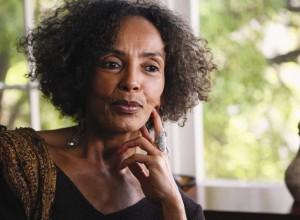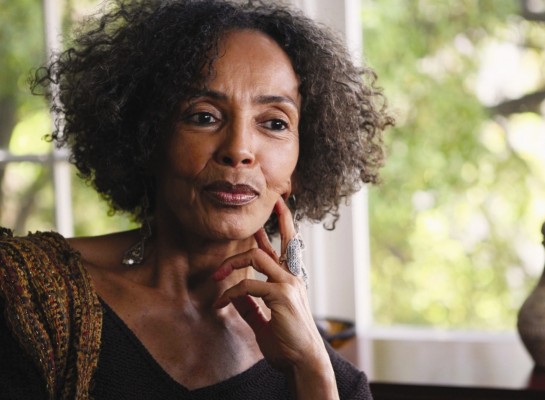
Though contemporary restorative justice began only about 30 years ago, the effectiveness of these practices in reducing violence, incarceration, recidivism, and suspensions and expulsions in schools is increasingly being documented.
It is recognized as a model in the Office of Juvenile Justice and Deliquency Prevention Model Programs Guide. A meta-analysis of all restorative justice research written in English, Restorative Justice: The Evidence [by scholars Lawrence W. Sherman and Heather Strang of Cambridge University], concluded in at least two trials, that when used as a diversion, restorative justice reduced violent re-offending, victim’s desire for revenge, and costs. A 2007 University of Wisconsin study found that Barron County’s restorative justice program [in northwestern Wisconsin] led to significant declines in youth violence, arrests, crime, and recidivism. Five years after the program began, violent juvenile offenses decreased almost 49 percent. Overall juvenile arrest rates decreased almost 45 percent. Significantly, the study further found that collaboration of law enforcement officials with the community and schools was a decisive factor in reducing youth violence.
New Zealand’s juvenile justice system adopted a nation-wide, family-focused restorative approach in 1989, and today, juvenile incarceration is virtually obsolete for crimes other than homicides. Seventy percent of youth participants have no further contacts with the justice system. Youth detention facilities are being shut down. Closer to home…an in-custody adult restorative justice program in San Bruno County showed a decrease in violent re-offending by 82.6 percent after 16 weeks of participation. RJOY’s own program in West Oakland’s Cole Middle School reduced the rate of suspension in its first year by more than 75 percent and expulsions and violent fights to zero.
Excerpted from a 2009 report by Restorative Justice for Oakland Youth (RJOY) in California.
